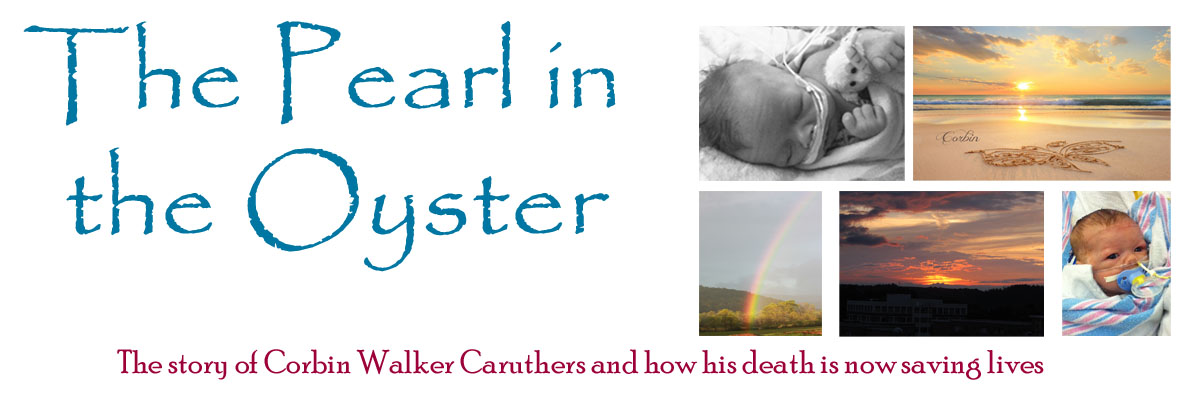In light of seeing a scam on Facebook involving the photo of a baby boy I actually know has reignited my determination to let everyone know how important it is to watermark your photos.
If you are the parent of a child with heart defects, cancer, skin disease, or some sort of condition or disorder where pictures show them in any sort of way that would suggest they are sick; please pay attention.
Watermarking your photos is important because there are people out there who will steal your photos and share them in a scam that has some sort of sad story attatched. The photo will have a caption that claims "for every share this baby will get $1", or "share and this baby gets a free heart transplant", or even something silly like "like this photo and send a prayer, leave a comment and 10 cents will be donated". Sadly, there are thousands and thousands of people who fall for this every day and contribute to the hurt a family feels when they find out their child's pictures have been stolen.
It is very easy to add a watermark to your photos and I have outlined three programs you can use and how to use them.
1. Picasa.
A free and easy photo program that you can download here. If you don't have it, download it first, then upload any photos you have that you wish to watermark, choose the photo, then on the left with be an option to add text. Simply type in what you wish, ex: Caruthers Family-do not save, and add the watermark to cover up the photo. You want to place it where it cannot easily be photoshopped out. Then simply go to the top left of the program, under File, then hit 'save as' and you're done!
This is what it should look like:
2. Photoshop Elements
This is what I use to watermark my photos. It is not free, but compared to the full version of photoshop (which can run over $500), it is not too expensive running from $80-$120 (click to buy from Amazon).
3. Picmarkr.com
A free website that makes it easy to upload photos from Flikr, Facebook or Picasa, add a watermark, customize the mark, then save the photos, share them, or download them to your computer. It has an easy 1,2,3 format that guides you through the whole process. I suggest this site for people who are not that familiar with photo applications like Picasa or Photoshop, as it has really simple to follow instructions.
This simple steps can save you much heartache and help prevent your precious photos from being stolen. Please follow these instructions and watermark your child's photos and don't forget to share this post online so that others can learn how as well.
If anyone has trouble doing this or has any questions, please don't hesitate to contact me at: thecorbinstory@aol.com
***Update: Someone posted on my FB that "watermarks are very easy to remove or blur out in photoshop, FYI". I want to address this:
1. No they're not.
2. It's much easier to steal a photo with no watermark.






